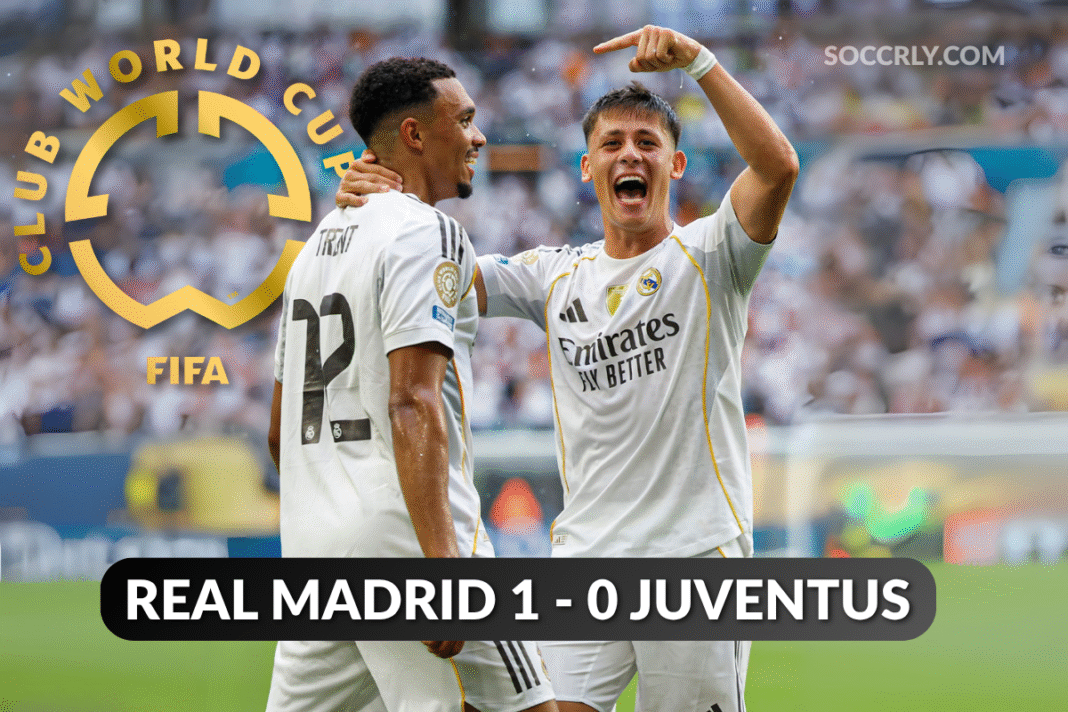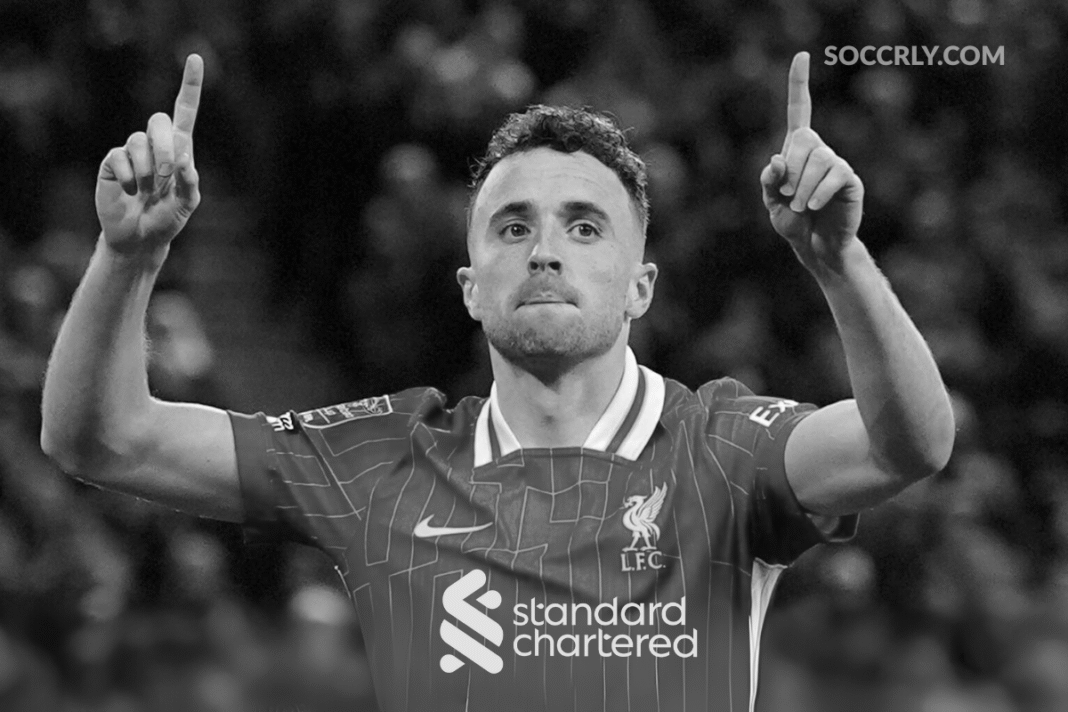FIFA World Cup 2026: Imagine this: it’s the summer of 2026. Millions of fans around the globe are gearing up to watch a World Cup unlike any other before. Why? Because, for the first time ever, the FIFA World Cup will host 48 teams instead of the usual 32. With more nations, more matches, and a fresh new structure, football enthusiasts have plenty to anticipate.
But what exactly does this expanded format mean? Let’s explore every detail clearly, step-by-step, in a way that’s easy and engaging.
Why Expand the World Cup to 48 Teams?
At its core, the FIFA World Cup expansion is about inclusion. FIFA aims to create opportunities for emerging football nations, giving more players the chance to shine on the global stage. It’s about breaking traditional boundaries and opening doors for nations that have dreamed of World Cup glory.
Gianni Infantino, FIFA’s President, highlighted that football must truly reflect global diversity. The move isn’t just logistical—it’s symbolic, representing hope and opportunity for millions of aspiring footballers.
How Exactly Will the New FIFA World Cup 2026 Format Work?
Here’s a simple breakdown:
Old vs New Format – Quick Comparison
| Features | Previous Format (32 Teams) | New Format (48 Teams) |
|---|---|---|
| Total Teams | 32 | 48 |
| Number of Groups | 8 | 12 |
| Teams Per Group | 4 | 4 |
| Matches Per Team (Group) | 3 | 3 |
| Total Matches | 64 | 104 |
| Knockout Stage Begins at | Round of 16 | Round of 32 |
In the new format, 48 teams will be divided into 12 groups, each containing four teams. Like before, every team plays three matches during the group stage.
Advancing to the Knockout Stage
Here’s where it gets exciting:
- The top two teams from each group automatically advance (24 teams total).
- Eight additional teams—the best third-place finishers—also move forward.
This creates a thrilling Round of 32, offering more knockout drama than ever.
How the Qualification Spots Have Changed
The expanded World Cup means more slots for regions worldwide:
| Confederation | 2022 Spots | 2026 Spots |
| Europe (UEFA) | 13 | 16 |
| Africa (CAF) | 5 | 9 |
| Asia (AFC) | 4.5 | 8 |
| South America (CONMEBOL) | 4.5 | 6 |
| North America (CONCACAF) | 3.5 | 6 + 3 hosts |
| Oceania (OFC) | 0.5 | 1 |
| Automatic Host Spots | – | USA, Canada, Mexico |
Now, regions historically underrepresented in football’s greatest tournament have a better chance of competing on the big stage.
Where Will FIFA World Cup 2026 Be Held?
For the first time, the FIFA World Cup will have three host nations: the USA, Canada, and Mexico. Matches will be spread across 16 cities, showcasing North America’s iconic stadiums, including:
| Country | Major Host Cities |
| USA | Los Angeles, New York, Dallas, Miami, Seattle |
| Canada | Toronto, Vancouver |
| Mexico | Mexico City, Monterrey, Guadalajara |
These cities will witness historic football moments, uniting diverse cultures under the banner of sport.
Will More Teams Mean Lower Quality?
A common concern about the new format is whether adding teams could dilute match quality. Yet, the four-team-per-group structure ensures every game remains competitive. Early proposals for three-team groups were abandoned precisely to prevent non-competitive matches and maintain fairness.
What Fans Can Expect
More football matches naturally mean more entertainment, drama, and unexpected outcomes. Fans can expect exciting match-ups, underdog triumphs, and new heroes emerging. For broadcasters and hosting cities alike, this expansion promises economic opportunities and enhanced global engagement.
Is This the Future of the World Cup?
While some remain skeptical, believing larger tournaments might overwhelm infrastructure or exhaust players, others see this as an exciting evolution. Football continues to grow in popularity, and embracing a more inclusive format could inspire millions worldwide.
Final Thoughts: Embracing Football’s Global Future
Ultimately, FIFA’s bold move for the 2026 World Cup is about uniting people through football, celebrating global talent, and creating unforgettable memories. Yes, challenges will arise, but football’s enduring spirit thrives in the face of challenges.
In 2026, the world will come together like never before. Football fans, mark your calendars—history awaits!


